Girth Galls and Saddle Sores
Updated on 05/27/24
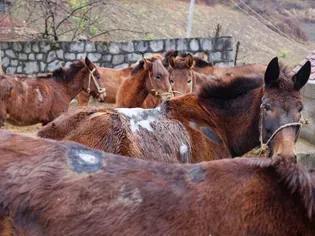
Girth Galls and Saddle Sores: A Comprehensive Guide to Prevention and Treatment
Do you love spending time exploring the outdoors on horseback, but find yourself constantly battling with the discomfort of girth galls and saddle sores? These common equine ailments can not only cause pain and discomfort to your horse, but can also hinder their performance and enjoyment of riding.
This comprehensive guide will provide you with everything you need to know about girth galls and saddle sores, including their causes, symptoms, prevention, and treatment options. By understanding these conditions and implementing effective management strategies, you can help your horse stay comfortable and healthy, allowing you both to enjoy your rides to the fullest.
What are Girth Galls and Saddle Sores?
* Girth Galls: Girth galls are painful swellings or lesions that develop in the skin where the girth rubs against the horse's body. They are caused by friction and pressure, and can range in severity from mild irritation to deep, open wounds.
* Saddle Sores: Saddle sores are similar to girth galls, but they occur under the saddle and are caused by excessive pressure or rubbing. Saddle sores can be especially painful, as they often involve the sensitive skin of the horse's back.
Causes of Girth Galls and Saddle Sores
* Improperly Fitted Tack: The most common cause of girth galls and saddle sores is poorly fitting tack. A girth that is too tight or too loose can cause excessive friction and pressure, leading to the development of these conditions. Similarly, a saddle that does not fit correctly can distribute weight unevenly, creating pressure points that can result in saddle sores.
* Poor Grooming: Lack of proper grooming can contribute to girth galls and saddle sores. Dirt, sweat, and hair can accumulate under the girth and saddle, creating an abrasive environment that irritates the skin.
* Skin Sensitivity: Some horses are more prone to girth galls and saddle sores due to sensitive skin. Allergies, sunburn, or other skin conditions can make the skin more vulnerable to irritation and damage.
* Excessive Exercise: Horses that engage in strenuous exercise, such as long rides or jumping, are more likely to develop girth galls and saddle sores. The increased pressure and friction during exercise can irritate the skin and lead to the development of these conditions.
Symptoms of Girth Galls and Saddle Sores
* Girth Galls:
* Swelling or enlargement of the skin where the girth rubs
* Tenderness or pain to the touch
* Hair loss or thinning in the affected area
* Open wounds or sores in severe cases
* Saddle Sores:
* Pain or discomfort under the saddle
* Swelling or bruising
* Rubbed or broken skin
* Hair loss or thinning
* Discharge or drainage from the affected area
Prevention of Girth Galls and Saddle Sores
* Proper Tack Fit: Ensuring that your horse's tack fits correctly is the most important step in preventing girth galls and saddle sores. Have your horse professionally fitted for a girth and saddle, and make sure to check the fit regularly, especially if your horse is growing or changing shape.
* Regular Grooming: Regular grooming helps to remove dirt, sweat, and hair that can irritate the skin. Brush your horse thoroughly before and after riding, paying special attention to the areas where the girth and saddle will make contact.
* Use Girth and Saddle Pads: Girth and saddle pads can help to distribute pressure and reduce friction, preventing girth galls and saddle sores. Choose pads that are made of breathable, moisture-wicking materials, and ensure that they fit properly.
* Manage Exercise Intensity: If your horse is prone to girth galls and saddle sores, it is important to manage their exercise intensity. Avoid长时间的骑行或剧烈的活动,尤其是在炎热或潮湿的天气里。
* Address Skin Conditions: If your horse has sensitive skin or skin conditions, it is important to address these issues to reduce the risk of girth galls and saddle sores. Consult with your veterinarian to determine the cause of the skin condition and develop a treatment plan.
Treatment of Girth Galls and Saddle Sores
* Mild Cases: Mild cases of girth galls and saddle sores can often be treated at home. Keep the affected area clean and dry, and apply a topical antibiotic to prevent infection. You may also consider using a cold compress to reduce swelling and discomfort.
* Moderate to Severe Cases: More severe cases of girth galls and saddle sores may require veterinary intervention. Your veterinarian may prescribe oral antibiotics or pain relievers, and may need to drain or debride the affected area. In some cases, surgery may be necessary to remove damaged tissue or repair wounds.
* Alternative Therapies: In addition to traditional treatment methods, there are a number of alternative therapies that may be helpful for treating girth galls and saddle sores. These include acupuncture, massage therapy, and herbal remedies. Alw
Explore More Pets

Pony Breeds
The Difference Between Horses and Ponies

Horse Diseases & Conditions
What Do I Do If My Horse Colics?
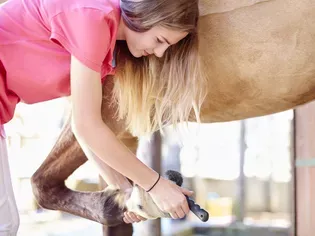
Pony Breeds
Horse and Pony Care by the Day, Week, Month and Year
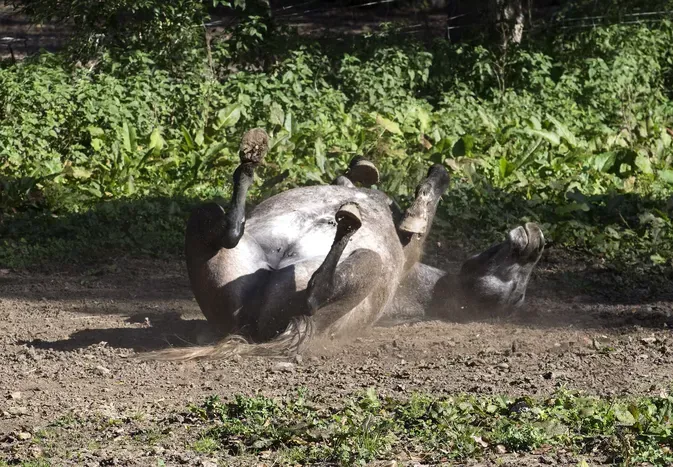
Horse Grooming
Mange in Horses
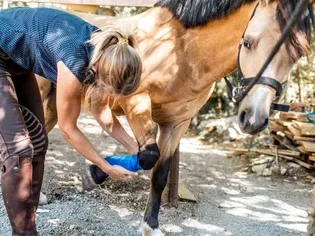
Horse Diseases & Conditions
Grease Heel in Horses

Light Horse Breeds
Gypsy Vanner Horse Breed Profile
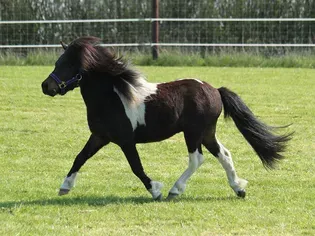
Pony Breeds
Shetland Pony Breed Profile

Horse Diseases & Conditions
Hay Belly in Horses
